Stay Passport – Sindang Ryokan (스테이 패스포트 신당 료칸)
4.8Km 2025-05-07
33, Nangye-ro 11-gil, Jung-gu, Seoul
Parc national du mont Bukhansan à Séoul (북한산국립공원 - 서울)
4.9Km 2023-10-31
Seoul, Seongbuk-gu, Bogukmun-ro 262
+82-2-909-0498
Le mont Bukhansan a été désigné comme parc national en 1983, sa surface atteint environ les 80 ㎢. Le sommet du mont Bukhansan est consitué de 3 pics (Baekundae, Insubong, Mangyeongdae). Il a été nommé Samgaksan durant la dynastie Joseon car les 3 pics consitituent ensemble une forme de triangle. Le sommet a été également dénommé Sambonsan, Hwasan et Buaak. C'est après la construction de la forteresse que le mont a été définitvement dénommé Bukhansan.
Sentier forestier de la ligne Gyeongui (Yeontral Park) (경의선숲길(연트럴파크))
4.9Km 2023-08-25
133, Donggyo-ro 51-gil, Mapo-gu, Séoul
Le sentier forestier de la ligne Gyeongui, également appelé « Yeontral Park », désigne un parc linéaire situé au cœur de l'arrondissement de Mapo-gu. Les sections Daeheung-dong, Yeonnam-dong, Saechanggogae, Changjeon-dong, Sinsu-dong Wonhyo-ro ont été ouvertes l'une après l'autre. Le sentier forestier de la ligne Gyeonguis est un parc créé sur l'ancienne voie ferrée de la ligne Gyeongui.
Le sentier forestier a été conçu selon les principes d'un design inachevé afin qu'il puisse être complété par les habitants. Il s'agit d'un lieyu symbolique qui aurait pu rester vide mais qui a été transformé en un parc dédié aux espaces verts et aux habitants.
Marché aux puces de Séoul (서울 풍물시장)
4.9Km 2024-12-19
21 Cheonho-daero 4-gil Dongdaemun-gu Seoul
+82-2-2232-3367
Le Marché aux Puces de Séoul fut nouvellement créé autour du Pont Hwanghakgyo, de la 8ème Rue Cheonggyechon et est désormais en train de devenir une destination touristique célèbre avec la Rivière Cheonggyechon, haut lieu touristique de la capitale. Il s’agit d’un des marchés aux puces les plus importants, préservant la culture des marchés traditionnels coréens et attirant les visiteurs à
la recherche d'objets folkloriques représentant le charme unique de la Corée. Ces objets comprennent des produits de la vie quotidienne, des souvenirs, des biens traditionnels et même de la gastronomie traditionnelle, permettant ainsi aux visiteurs de profiter du shopping et de manger un
bon plat par la même occasion. Le Marché aux Puces de Séoul est
ainsi un lieu débordant de traditions coréennes et reflétant le style de vie des coréens dans le passé.
Il tire son origine du marché aux puces de Hwanghak-dong, où de nombreuses boutiques de rue et marchands se rassemblaient autour de la Rivière Cheonggyecheon avant qu’elle ne soit réhabilitée et remodernisée. Le marché fut relocalisé au Stade de Dongdaemun pendant cette période de rénovation. Aujourd’hui, la zone du Stade de Dongdaemun est en train d’être reconstruite en un parc.
On trouve de nombreux types d’objets au Marché aux Puces de Séoul : des objets traditionnels, des objets d’artisanat, des spécialités locales ou encore des articles de mode. Vous pourrez également profiter des nombreux mets raffinés (gastronomie traditionnelle et cuisine fusion internationale). Ce qui rend ce marché si spécial, c’est qu’il est possible d’y trouver des objets très rares ainsi que des objets traditionnels authentiques impossible à dénicher dans d’autres endroits. Son atmosphère mélange l’ancien, les traditions et la modernité, proposant ainsi aux visiteurs une grande expérience de shopping. Il vaut définitivement la peine d’être visité.
Mémorial de la Guerre (전쟁기념관)
5.0Km 2022-08-03
29, Itaewon-ro, Yongsan-gu, Seoul-si
+82-2-709-3144
Le lieu où se trouve le mémorial fut autrefois le quartier général de l’armée de terre. Il s'agit de plus grand mémorial de ce genre en Corée. Le musée se divise en huit parties. Hogukchumo, Histoire de la guerre, la Guerre de Corée, les troupes à l’etranger, le développement de l’armée, les équipements lourds, les équipements exposés en extérieur... La salle d’exposition Hogukchumo est dédiée à la mémoire de ceux qui périrent sur le front. Les différentes salles d’exposition vous permettront d’en savoir plus sur la Corée à travers la guerre et de comprendre son développement militaire au fil du temps. Diverses armes et équipements lourds sont exposés à l’intérieur et à l’extérieur du bâtiment. L’exposition en intérieur permet de comparer les divers équipements utilisés pendant la guerre de Corée, elle expose également des équipements utilisés pendant la seconde guerre mondiale et la guerre du Vietnam. Au premier étage, la salle des équipements lourds expose de nombreux models réels ou reconstitués issus de l’industrie de la défense nationale. Les salles de stockages du mémorial contiennent quelques 17.800 documents et objets dont la bonne conservation est assurée par des systèmes modernes de contrôle et de préservation. Egalement à visiter, une salle d’exposition de miniatures et la salle de la paix. Une salle de conférence permet aussi l’organisation de conférences spéciales régulièrement.
Si vous souhaitez lire des ouvrages concernant la guerre, le mémorial possède une petite librairie spécialisée. A l’extérieur du mémorial vous trouverez des petits établissements de restauration.
Rue Gyeongnidan-gil (경리단길 - 외국어사이트용)
5.0Km 2023-01-18
Séoul, Yongsan-gu, Itaewon-dong
La rue Gyeongnidan-gil est une route d'1km entre le Centre de financement des forces armées en Corée et la route Sowol-gil qui entoure la tour Namsan. Depuis la partie nord de la rue, vous pouvez apprécier facilement la tour N Séoul, alors que la partie sud de la rue vous mène jusqu'au quartier Itaewon. Cette rue est connue notamment pour ses restaurants et cafés aux couleurs singulières.
Jardin botanique de Namsan (남산 야외식물원)
5.0Km 2022-12-16
323, Sowol-ro, Yongsan-gu, Seoul
+82-2-798-3771
Ce jardin inauguré le 18 février 1997 a été bâti sur le site du quartier résidentiel étranger de Hannam-dong à Yongsan-gu, démoli en 1994. Le jardin possède une surface de 59 241 m² où poussent 117 132 végétaux de 269 espèces différentes organisés en 13 espaces thématiques. On compte parmi eux 60 912 pins de 129 sortes, et 56 220 anémones sauvages de 140 sortes.
Rue Gyeongridan-gil (경리단길)
5.0Km 2023-01-18
Itaewon-dong, Yongsan-gu, Séoul
La rue Gyeongridan-gil désigne communément la route et les ruelles environnantes qui s'étendent sur un total de 937 m depuis la porte d'entrée du Corps de gestion financière de l'armée nationale jusqu'à l'hôtel Grand Hyatt.
Le nom de cette rue provient du Corp central de l'armée (Yukgun Jungang Gyeongridan en coréen) qui s'y trouvait dans le passé. Cette rue a gagné en popularité en raison de son atmosphère différente de celle des autres zones du quartier d'Itaewon-dong bien qu'elle en fasse partie. C'est un espace dédié à la culture et à la jeunesse où l'on peut trouver des restaurants et des cafés qui proposent une variété de plats originaux.
La rue Gyeongridan-gil est à la fois un quartier ordinaire de Séoul tout en étant un quartier à l'ambiance exotique où les étrangers venus du monde entier entrent en contact naturellement avec les habitants. L'attrait du quartier réside également dans la découverte diverses boutiques originales dans les nombreuses ruelles du quartier.
Centre des traditions et des coutumes en Corée 한국예절문화원
5.2Km 2021-12-13
Seoul, Mapo-gu, Seongmisan-ro 107
Ce centre a pour mission de présenter les coutumes et les traditions de la culture traditionnelle tout en servant de lieu de recherche dans ce domaine. Le centre permet ainsi aux visiteurs de participer à divers ateliers pratiques tout au long de l'année.
Hongdae (홍대)
5.3Km 2024-05-16
20, Hongik-ro, Mapo-gu, Seoul
+82-2-323-2240
Hongdae, le quartier qui se situe devant l’université de Hongik, est jalonné de cafés au style unique, de petites galeries, de boutiques de mode et de bijoux fantaisie, de cafés musicaux, de clubs, de marchés d’art et de bons restaurants, ce qui en fait un lieu de prédilection pour les rencontres et les sorties entre amis, ainsi qu’un endroit fascinant à explorer. Si vous voulez vous plonger pleinement dans l’atmosphère du quartier, ne manquez pas d’aller faire un tour dans les rues spéciales telles que la rue des ateliers où s’alignent les instituts privés qui préparent les étudiants en art aux concours d’entrée des universités, mais aussi la rue Picasso et la rue des clubs.
[Principales attractions de Hongdae]
* Rue piétonne de Hongdae : Il s'agit de la rue piétonne principale du quartier de Hongdae où se déroulent des spectacles de rue, remplie du dynamisme de la jeunesse.
* Rue des peintures murales de Hongdae : Il s'agit d'une rue qui se prolonge depuis le restaurant Kanemaya, situé près de la porte arrière de l'université de Hongik, jusqu'à la Four Seasons House (rue Wausan-ro 22). Cette rue est aussi appelée la "rue Picasso" car on peut y trouver des peintures artistiques.
* Les marchés aux puces qui ont lieu le week-end au parc pour les enfants devant la porte principale de l'université de Hongik entre le mois de mars et de novembre, sont une autre attraction importante du quartier. Des artistes s’y réunissent chaque semaine pour y exposer et vendre des produits artisanaux et des accessoires faits main.
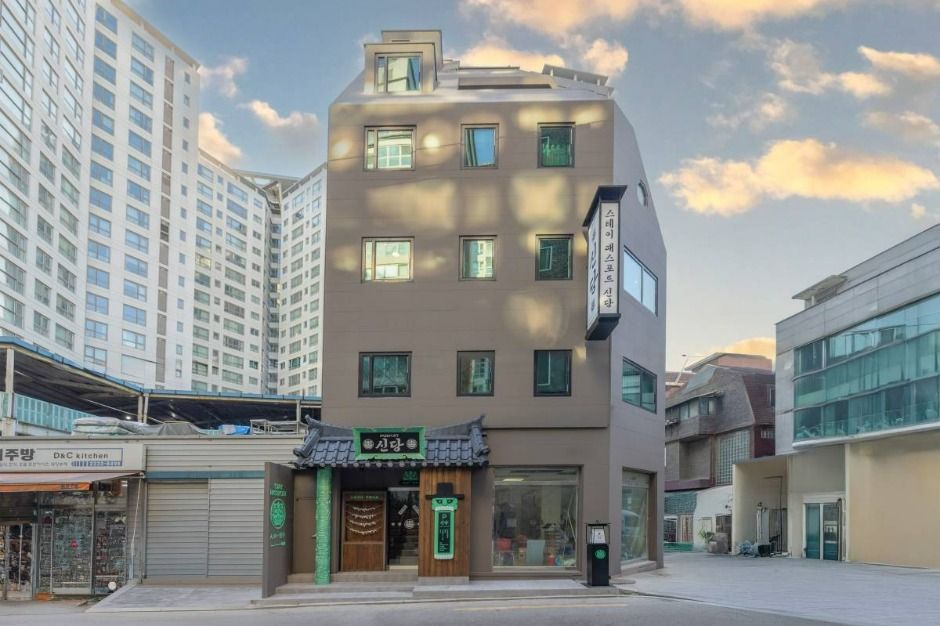
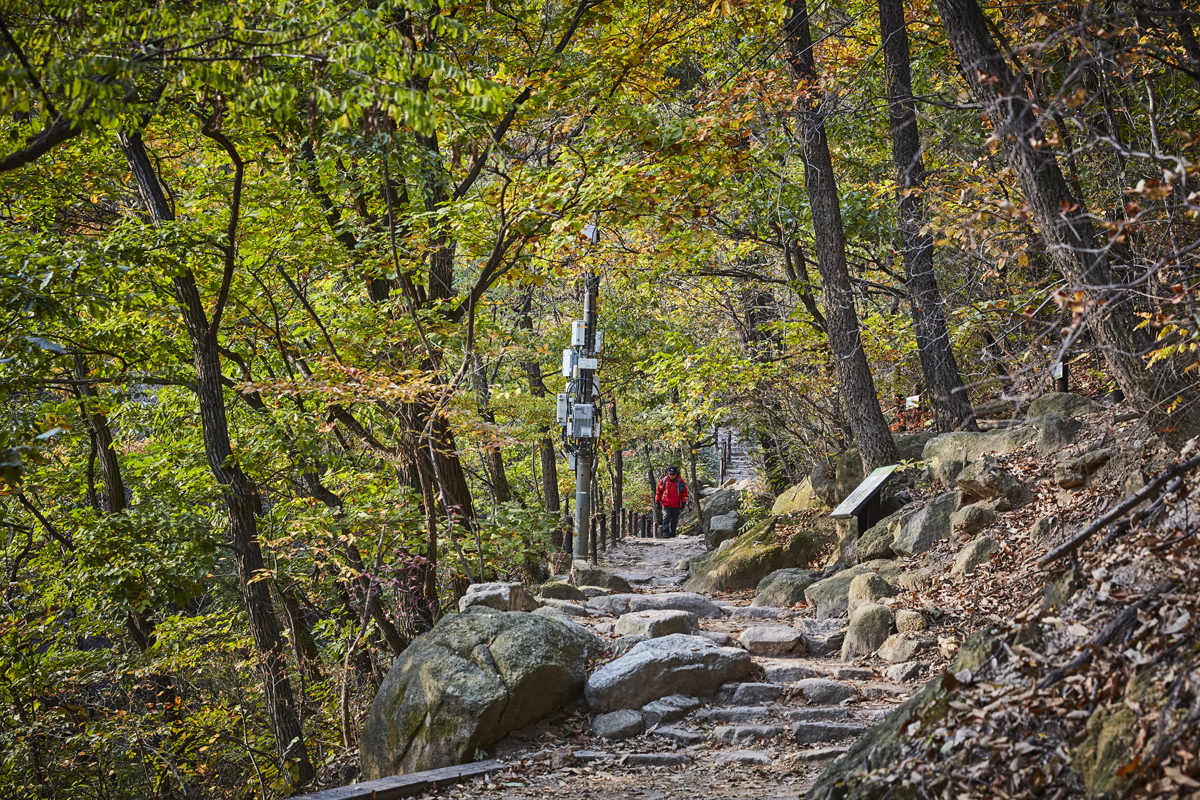

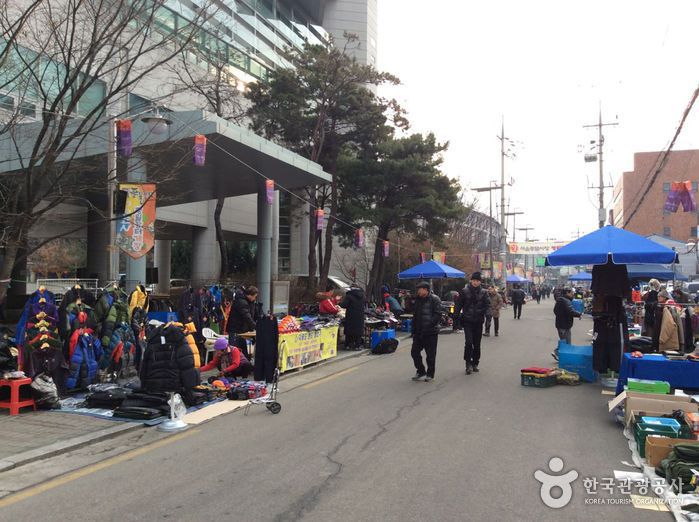
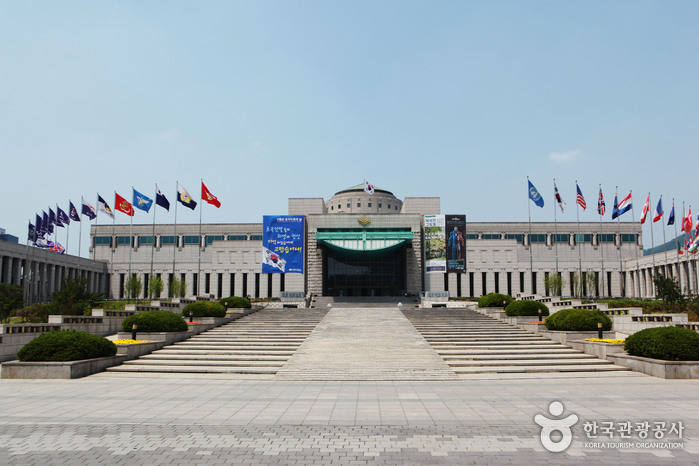
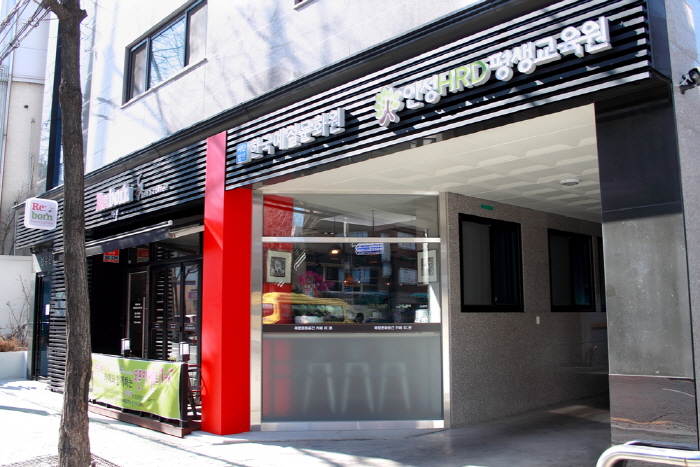
 Français
Français
 한국어
한국어 English
English 日本語
日本語 中文(简体)
中文(简体) Deutsch
Deutsch Español
Español Русский
Русский